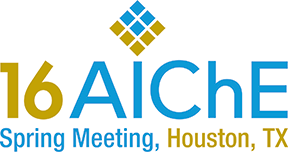

Pressure relief and effluent handling systems design, installation, and operation is based on published industry codes, standards, recommended practices, and internal corporate guidelines, as recognized and generally accepted good engineering practices (RAGAGEP). In many cases, these documents provide various engineering assumptions, as well as credits which may be taken in the course of the pressure relief and effluent handling systems analysis (e.g., assessment of double jeopardy, reduced duty credit for columns at relief conditions, operator intervention, or scenario applicability based on inspection and maintenance practices). Many of these assumptions are left to the user to interpret and to justify, based on the facility’s history, operations experience, training programs, and maintenance practices. This results in diversity in the ways in which these assumptions, analyses, and practices are applied throughout the refining and petrochemical industries.
Based on experience in performing pressure relief and disposal systems analysis utilizing industry codes, standards, recommended practices, and internal corporate guidelines, this paper discusses key practices observed recently when reviewing relief and disposal system analysis documentation, rationale, and calculations and when reviewing facility operations. Observations presented for consideration include:
-
Overpressure contingency initiating events philosophy
-
Role of instrumentation to provide overpressure protection
-
Pressure relief system data management processes
-
Taking credits during simulations of relief scenarios for complex systems
-
Operator intervention philosophy
-
Adequacy of established training, inspection and maintenance programs
Discussion of the selected examples will help drive into some conclusions as well as flag the importance of accurate and consistent implementation of engineering standards, across refining and petrochemical facilities.
